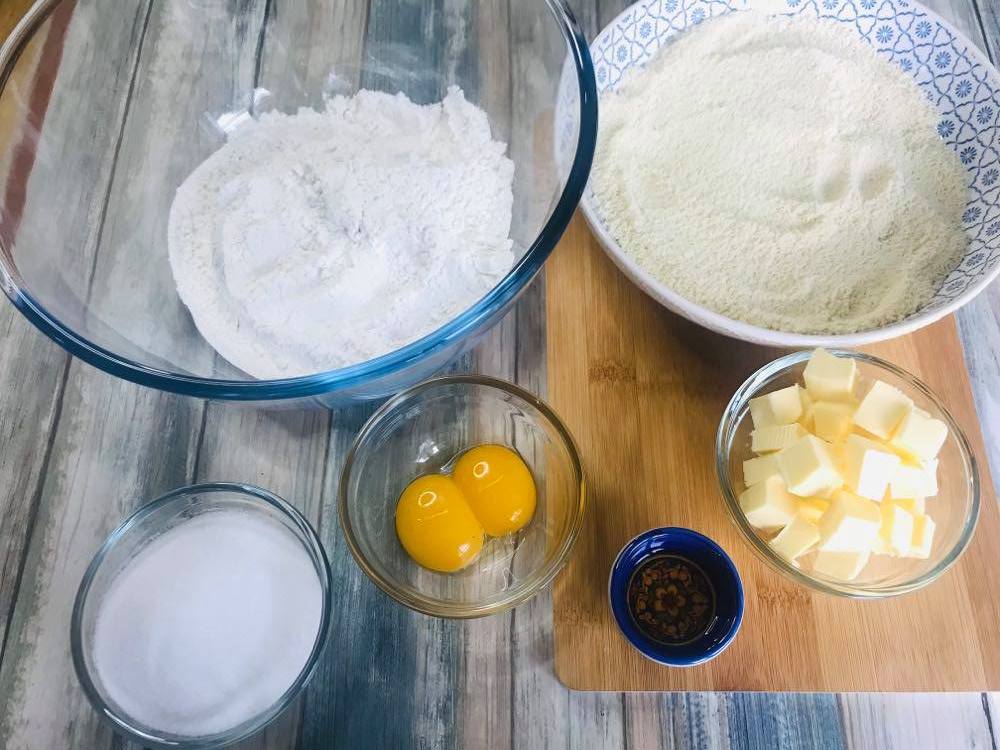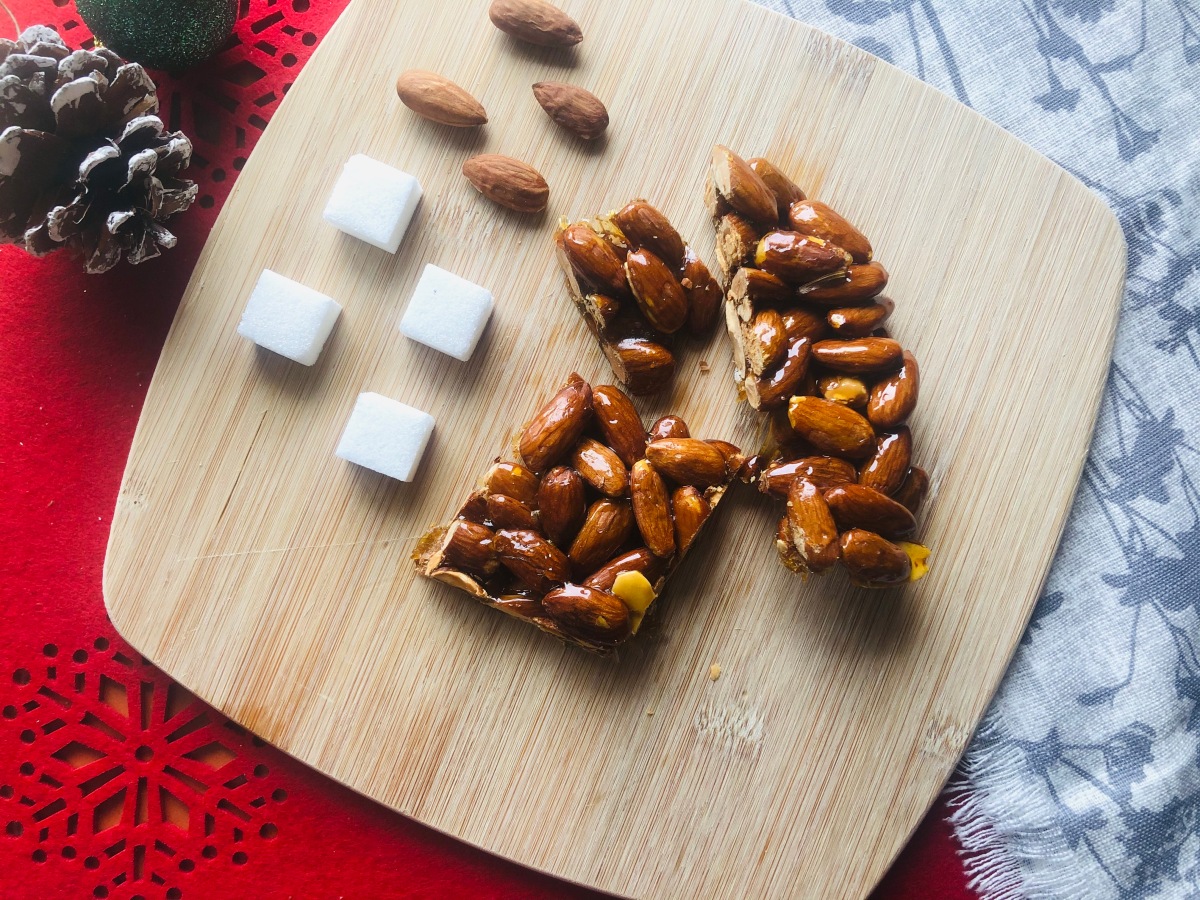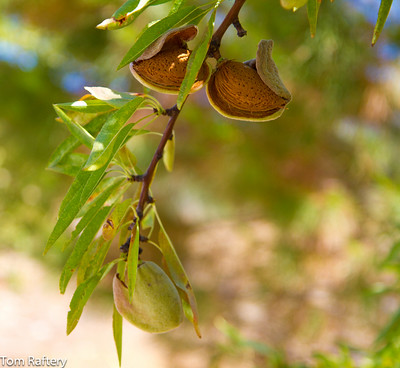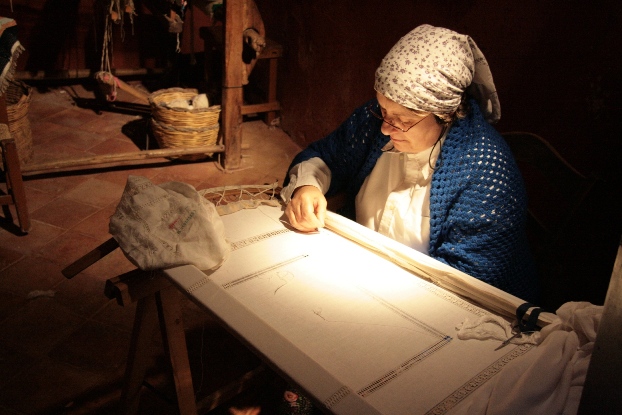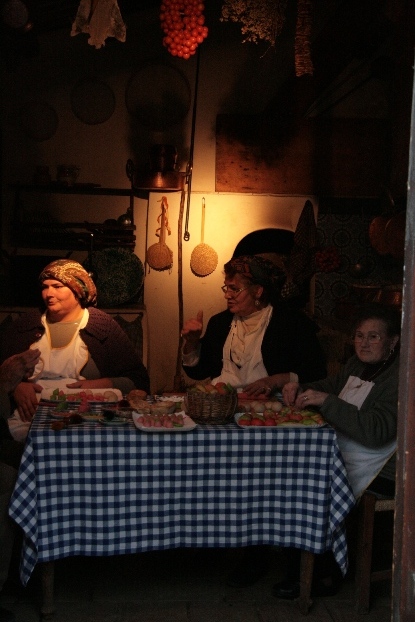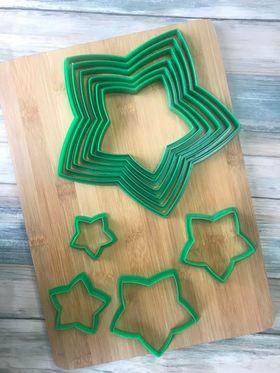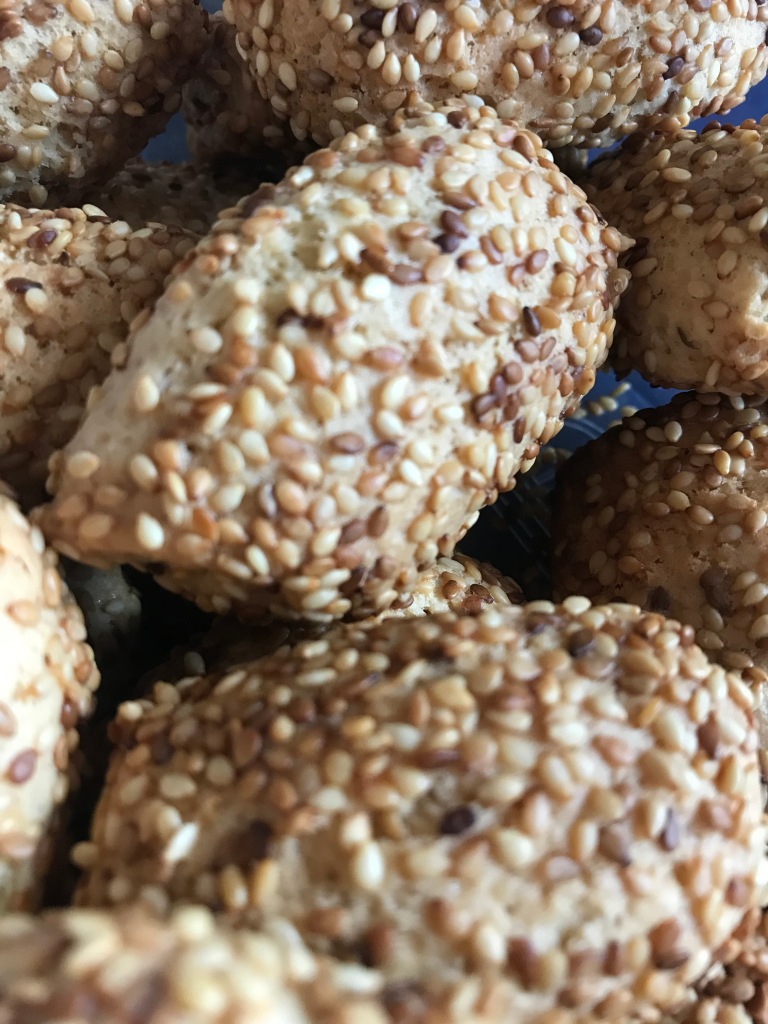
Photo credits:“Basil” by zoyachubby is licensed under CC BY-ND 2.0
Every Sicilian has got a basil plant, big or small… It is used so often that having a little basil plant in the garden or balcony is the most natural thing.
It can be used for parmigiana or pasta alla Norma to give flavour, but you really enjoy all of its potential when you make pesto. This very easy pesto recipe is so easy, cheap and genuine that you’ll never buy a ready-made pesto again.
Ingredients:
40g fresh basil leaves
30g olive oil (better if extra virgin)
15g pinenuts
50g parmesan
garlic (to taste, max 1 clove. It can be made without garlic if you don’t like it)
Andiamo in cucina! Let’s go to the kitchen!
STEP 1
Take off the basil stems and wash the leaves. Pat dry them with kitchen roll.
STEP 2
Put all of the ingredients in a bowl and blend till smooth with a stick blender.
And it’s done!

Try not to put too much garlic at first, you can always add it later. Salt is not needed, but you can add a pinch.
You can add this on pasta ideally, but it’s good on focaccia, homemade pizza, rice or pasta salads and everywhere you like it!
Basil is linked to an old Sicilian tradition. To show friendship between two people belonging to different families, a plant of basil decorated with a red ribbon would be given to someone. After receiving the gift, the two people would become comari di basilico or compari di basilico meaning friends of basil (women in the first case and men in the second).
This tradition is described by Giovanni Verga into his book ‘I Malavoglia’: the tormented story of a Sicilian family set in Acitrezza, where you can still visit the house where the novel takes place
litaleeano.com is a participant un the Amazon EU and US Associate Program, an affiliate advertising program designed to provide a means for sites to earn commissions income by advertising and linking to Amazon.












